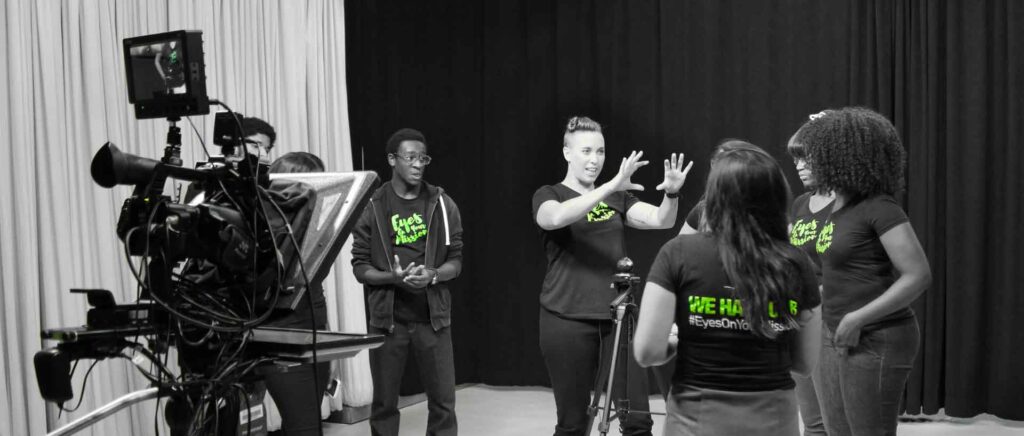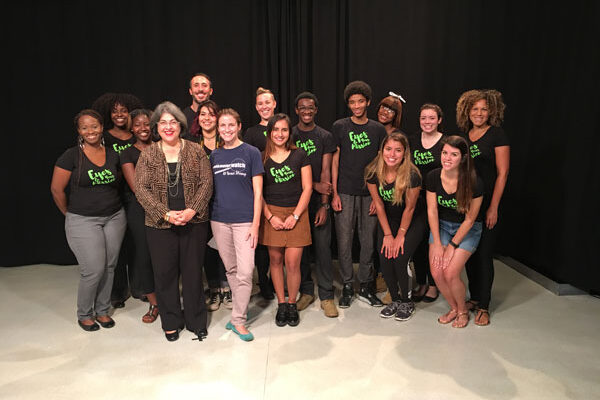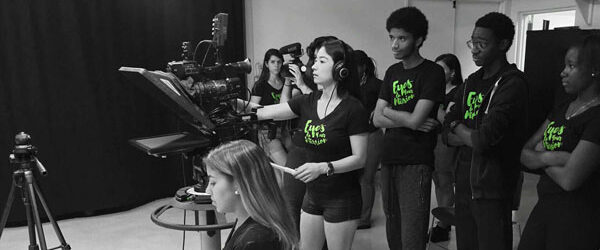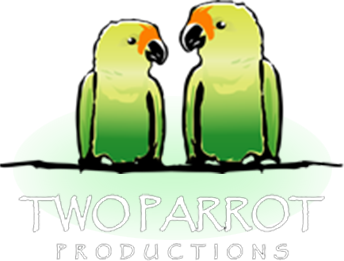Eyes On Your Mission
We have our #EyesOnYourMission
Eyes On Your Mission Project is a Miami-based 501c3 that serves nonprofits, students and industry professionals at the intersection of video production, media and social change.
With a focus on youth living in marginalized and underserved communities, the Eyes On Your Mission Project partners with funders who prioritize access to education, professional development, entrepreneurial exposure, arts programs, creative industry growth, interdisciplinary experiential learning, teacher training, after school opportunities, community based initiatives, and bridging the digital divide.
Program Goals
At the heart of our mission lies a commitment to empower our youth through dynamic STEAM-focused activities that not only ignite their passions but also equip them with essential skills for the future. We pride ourselves in fostering safe, supportive spaces where every child feels heard and nurtured.
Our program specializes in reaching out to at-risk youth, forging strong relationships that uplift and guide them towards a brighter tomorrow. We prioritize youth health, wellness, and holistic development, ensuring they’re set on paths leading to higher education and promising careers. Beyond academic achievements, we’re passionate about paving pathways to employment, entrepreneurship, and meaningful internships, ensuring each student grasps the practical tools they’ll need in their chosen fields. Our holistic approach extends to promoting anti-violence strategies and community building, key elements in revitalizing our neighborhoods.
At the same time, we remain proactive, dedicating efforts to substance abuse prevention, and continually championing workforce training and development. Together, we’re building a brighter, more resilient community for tomorrow.
EOYM Academy & Apprenticeships Program Outcomes
PROFICIENT IN TECH
Participating students will become proficient in the use of technology to create and share digital media content, especially video and artificial intelligence.
EMPOWERED STORYTELLERS
By creating mission-based narratives for local organizations, participating students will become storytellers empowered to create their own narratives, opening up new opportunities to change harmful narratives about race and ethnicity.
ACADEMIC ADVANTAGE
Participation in a visual arts program in high school will improve academic performance and increase high school graduation rates.
EXPOSURE ADVANTAGE
Through exposure to new pathways to college and careers and participation in an arts-rich experience, students will be more likely to enroll in college and will become aware of higher-paying jobs in filmmaking and video production.
MENTORSHIPS
By serving as digital media mentors to emerging visual artists and as co-producers of videos, students will gain community engagement skills that will enable them to make a service commitment as working professionals in the future.
INNOVATIVE PROGRAM
Local social organizations will be participants in an innovative digital media program focused on youth empowerment and social justice.
Join Eyes On Your Mission
Learn more about things like Grant Applications, Getting Enrolled, Getting Involved and Becoming a Partner!









